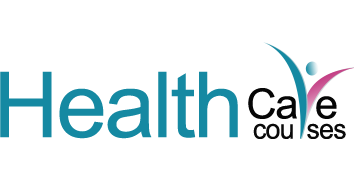Understanding Health Level7 (HL7)
Health Level7 (HL7) is an international standard for the exchange of healthcare information electronically. It is widely used in the healthcare industry to facilitate interoperability between different systems and devices. HL7 standards define how data should be formatted, transmitted, and received to ensure seamless communication.
Key Features of HL7:
- HL7 messages are based on a hierarchical structure called segments.
- HL7 supports various types of messages, including patient demographics, laboratory results, and clinical reports.
- HL7 standards are continuously updated and maintained by the HL7 International organization.
Benefits of HL7:
- Improved data accuracy and consistency.
- Enhanced interoperability between different healthcare systems.
- Efficient exchange of information leading to better patient care.
HL7 Statistics:
| Year | Number of HL7 Members |
|---|---|
| 2018 | Over 5000 |
| 2019 | Approximately 6000 |
| 2020 | More than 7000 |
Conclusion:
Health Level7 (HL7) plays a crucial role in modern healthcare by enabling seamless communication and data exchange. By adhering to HL7 standards, healthcare organizations can improve efficiency, accuracy, and patient care outcomes. It is essential for healthcare professionals to stay updated with HL7 standards to ensure smooth interoperability and data exchange.
